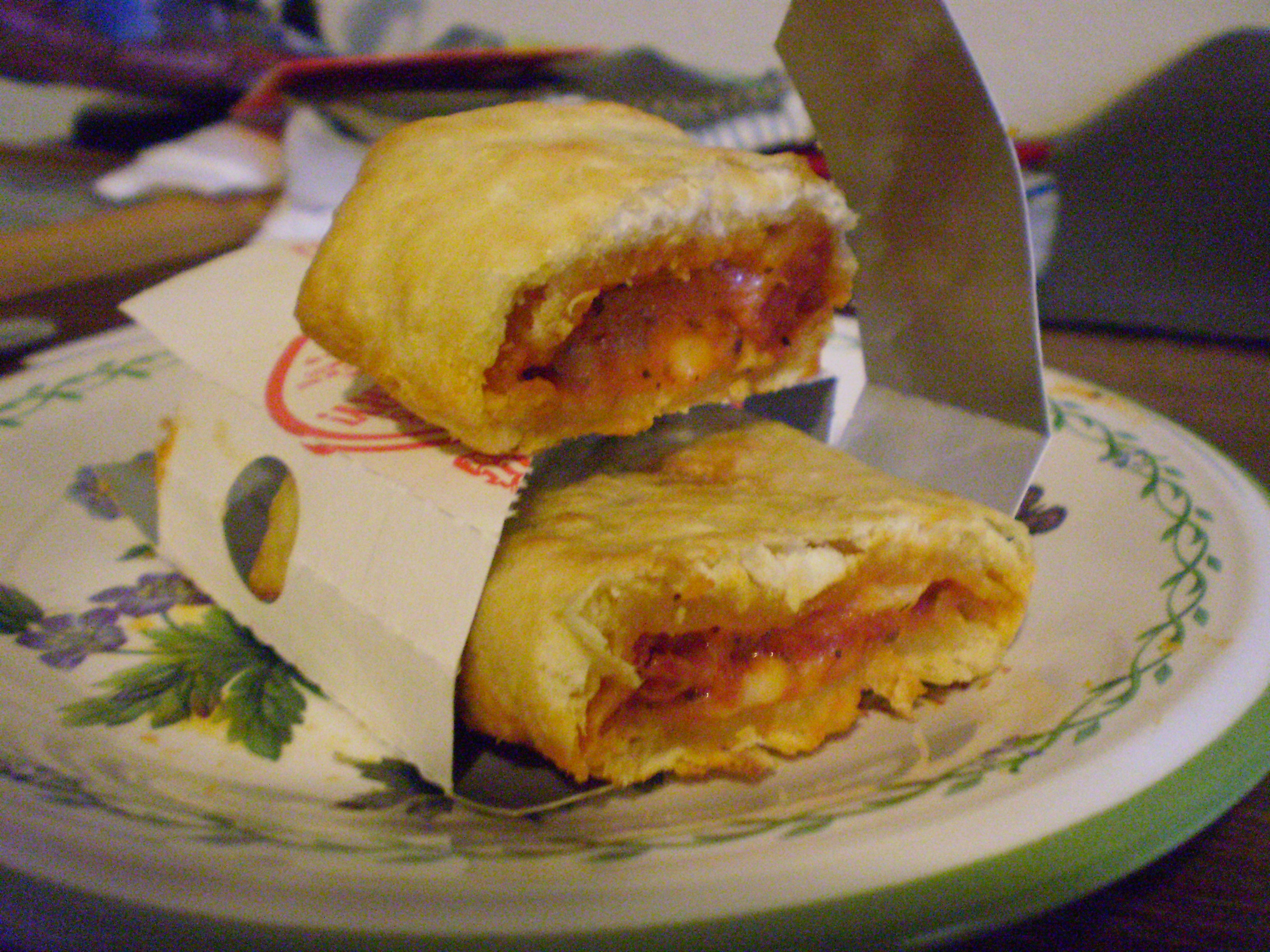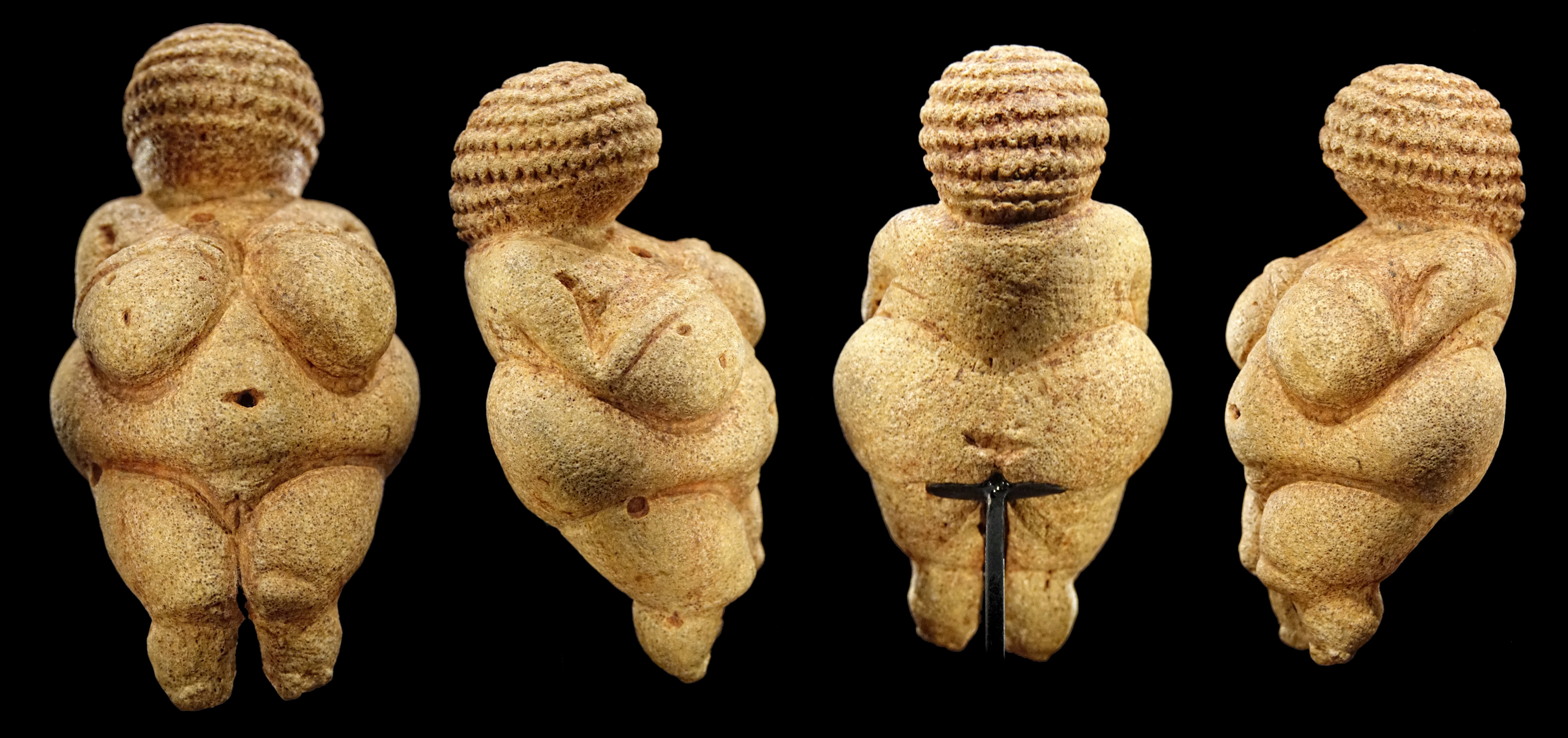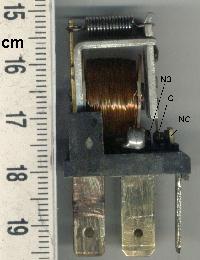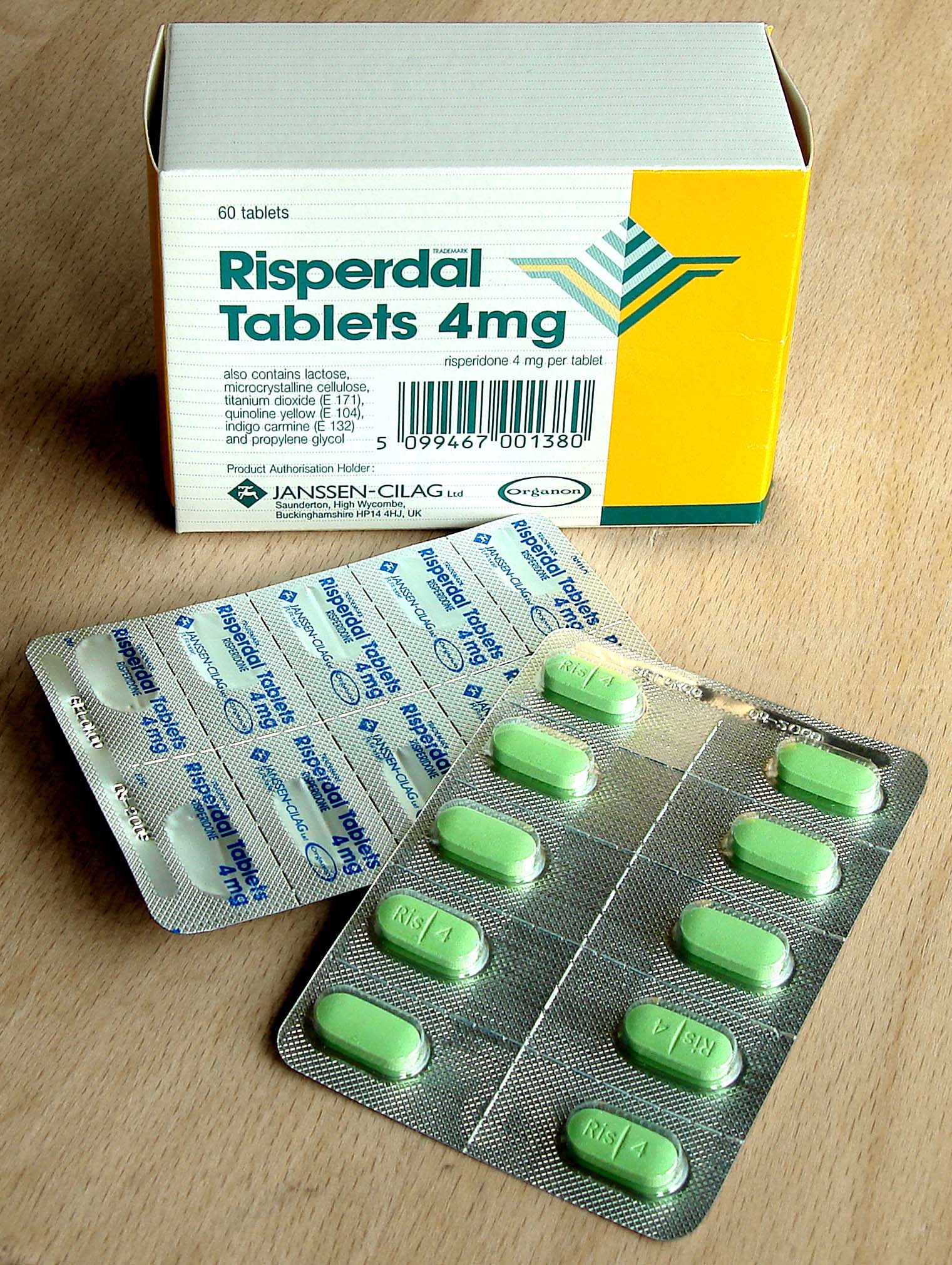|
Susceptor
A susceptor is a material used for its ability to absorb electromagnetic energy and convert it to heat (which in some cases is re-emitted as infrared thermal radiation). The electromagnetic energy is typically radiofrequency or microwave radiation used in industrial heating processes, and also in microwave cooking. Operation In microwave cooking, susceptors are built into paper packaging of certain foods, where they absorb microwaves which penetrate the packaging. This process raises the susceptor patch temperature to levels where it may then heat food by conduction or by infrared radiation. * Conduction heating occurs with good thermal contact between the susceptor and food. Because of the lower temperatures there is less browning, but more than if there were no susceptor at all. * If there is an air gap (or at least, poor thermal contact) between the susceptor and food, the susceptor will heat to a much higher temperature (due to its smaller effective heat capacity when ... [...More Info...] [...Related Items...] OR: [Wikipedia] [Google] [Baidu] |
Microwave Oven
A microwave oven (commonly referred to as a microwave) is an electric oven that heats and cooks food by exposing it to electromagnetic radiation in the microwave frequency range. This induces polar molecules in the food to rotate and produce thermal energy in a process known as dielectric heating. Microwave ovens heat foods quickly and efficiently because excitation is fairly uniform in the outer of a homogeneous, high-water-content food item. The development of the cavity magnetron in the UK made possible the production of electromagnetic waves of a small enough wavelength ( microwaves). American engineer Percy Spencer is generally credited with inventing the modern microwave oven after World War II from radar technology developed during the war. Named the "Radarange", it was first sold in 1946. Raytheon later licensed its patents for a home-use microwave oven that was introduced by Tappan in 1955, but it was still too large and expensive for general home use. Sh ... [...More Info...] [...Related Items...] OR: [Wikipedia] [Google] [Baidu] |
Microwave Popcorn
Microwave popcorn is a convenience food consisting of unpopped popcorn in an enhanced, sealed paper bag intended to be heated in a microwave oven. In addition to the dried corn, the bags typically contain cooking oil with sufficient saturated fat to solidify at room temperature, one or more seasonings (often salt), and natural or artificial flavorings or both. With the many different flavors, there are many different providers. Design The bag is typically partially folded when it is placed in a microwave, and inflates as a result of steam pressure from the heated kernels. Microwave popcorn bags are designed to avoid popped-kernel scorching, an undesirable effect that takes place when popped kernels are heated above . A susceptor—usually a metalized film laminated onto the paper of the bag—absorbs microwaves and concentrates heat at the film interface, thus ensuring a heat distribution focused on the hard-to-heat flavor coating so that the unpopped kernels are evenly coa ... [...More Info...] [...Related Items...] OR: [Wikipedia] [Google] [Baidu] |
Microwave Cooking
A microwave oven (commonly referred to as a microwave) is an electric oven that heats and cooks food by exposing it to electromagnetic radiation in the microwave frequency range. This induces polar molecules in the food to rotate and produce thermal energy in a process known as dielectric heating. Microwave ovens heat foods quickly and efficiently because excitation is fairly uniform in the outer of a homogeneous, high-water-content food item. The development of the cavity magnetron in the UK made possible the production of electromagnetic waves of a small enough wavelength (microwaves). American engineer Percy Spencer is generally credited with inventing the modern microwave oven after World War II from radar technology developed during the war. Named the "Radarange", it was first sold in 1946. Raytheon later licensed its patents for a home-use microwave oven that was introduced by Tappan in 1955, but it was still too large and expensive for general home use. Sharp Corpora ... [...More Info...] [...Related Items...] OR: [Wikipedia] [Google] [Baidu] |
Metallised Film
Metallised films (or metallized films) are polymer films coated with a thin layer of metal, usually aluminium. They offer the glossy metallic appearance of an aluminium foil at a reduced weight and cost. Metallised films are widely used for decorative purposes and food packaging, and also for specialty applications including insulation and electronics. Manufacture Metallisation is performed using a physical vapor deposition process. Aluminium is the most common metal used for deposition, but other metals such as nickel and chromium are also used. The metal is heated and evaporated under vacuum. This condenses on the cold polymer film, which is unwound near the metal vapour source. This coating is much thinner than a metal foil could be made, in the range of 0.5 micrometres.Hanlon, J. (1992). 1st ed. ''Handbook of Package Engineering'', Lancaster, PA, Technomic Publishing: . Chapter 4 Coatings and Laminations This coating will not fade or discolour over time. While oriented polypr ... [...More Info...] [...Related Items...] OR: [Wikipedia] [Google] [Baidu] |
Ceramic
A ceramic is any of the various hard, brittle, heat-resistant and corrosion-resistant materials made by shaping and then firing an inorganic, nonmetallic material, such as clay, at a high temperature. Common examples are earthenware, porcelain, and brick. The earliest ceramics made by humans were pottery objects (''pots,'' ''vessels or vases'') or figurines made from clay, either by itself or mixed with other materials like silica, hardened and sintered in fire. Later, ceramics were glazed and fired to create smooth, colored surfaces, decreasing porosity through the use of glassy, amorphous ceramic coatings on top of the crystalline ceramic substrates. Ceramics now include domestic, industrial and building products, as well as a wide range of materials developed for use in advanced ceramic engineering, such as in semiconductors. The word "'' ceramic''" comes from the Greek word (), "of pottery" or "for pottery", from (), "potter's clay, tile, pottery". The earliest k ... [...More Info...] [...Related Items...] OR: [Wikipedia] [Google] [Baidu] |
Electromechanical Engineering
In engineering, electromechanics combines processes and procedures drawn from electrical engineering and mechanical engineering. Electromechanics focuses on the interaction of electrical and mechanical systems as a whole and how the two systems interact with each other. This process is especially prominent in systems such as those of DC or AC rotating electrical machines which can be designed and operated to generate power from a mechanical process ( generator) or used to power a mechanical effect (motor). Electrical engineering in this context also encompasses electronics engineering. Electromechanical devices are ones which have both electrical and mechanical processes. Strictly speaking, a manually operated switch is an electromechanical component due to the mechanical movement causing an electrical output. Though this is true, the term is usually understood to refer to devices which involve an electrical signal to create mechanical movement, or vice versa mechanical movemen ... [...More Info...] [...Related Items...] OR: [Wikipedia] [Google] [Baidu] |
Packaging Materials
Packaging is the science, art and technology of enclosing or protecting products for distribution, storage, sale, and use. Packaging also refers to the process of designing, evaluating, and producing packages. Packaging can be described as a coordinated system of preparing goods for transport, warehousing, logistics, sale, and end use. Packaging contains, protects, preserves, transports, informs, and sells. In many countries it is fully integrated into government, business, institutional, industrial, and personal use. Package labeling (American English) or labelling (British English) is any written, electronic, or graphic communication on the package or on a separate but associated label. History of packaging Ancient era The first packages used the natural materials available at the time: baskets of reeds, wineskins (bota bags), wooden boxes, pottery vases, ceramic amphorae, wooden barrels, woven bags, etc. Processed materials were used to form packages as they were develope ... [...More Info...] [...Related Items...] OR: [Wikipedia] [Google] [Baidu] |
Cooking Appliances
Cooking, cookery, or culinary arts is the art, science and craft of using heat to prepare food for consumption. Cooking techniques and ingredients vary widely, from grilling food over an open fire to using electric stoves, to baking in various types of ovens, reflecting local conditions. Types of cooking also depend on the skill levels and training of the cooks. Cooking is done both by people in their own dwellings and by professional cooks and chefs in restaurants and other food establishments. Preparing food with heat or fire is an activity unique to humans. Archeological evidence of cooking fires from at least 300,000 years ago exists, but some estimate that humans started cooking up to 2 million years ago. The expansion of agriculture, commerce, trade, and transportation between civilizations in different regions offered cooks many new ingredients. New inventions and technologies, such as the invention of pottery for holding and boiling of water, expanded cooking tech ... [...More Info...] [...Related Items...] OR: [Wikipedia] [Google] [Baidu] |
Microwave Heat Distribution
The microwave heat distribution is the distribution (allocation) of the heat release inside the microwave absorptive material irradiated with high intensive microwaves. The pattern of microwave heat distribution depends on many physical parameters, which may include the electromagnetic field, the specific absorption rate and structure of the processed material, the geometrical dimensions of the processing cavity, etc. Most of the industrial microwave heating applications need a uniform heat distribution. For example, the uniformity of microwave heat distribution is key parameter in microwave food sterilization, due to the potential danger directly related to human health if the food has not been heated evenly up to desirable temperature for neutralization of possible bacteria population. There are many different methods for achieving uniform heat distribution inside the irradiated material. They may involve computer simulation and different mechanical mechanisms such as turntables an ... [...More Info...] [...Related Items...] OR: [Wikipedia] [Google] [Baidu] |
Hot Pockets
Hot Pockets is an American brand of microwaveable turnovers generally containing one or more types of cheese, meat, or vegetables. Hot Pockets was founded by the Chef America Inc. Since April 20, 2002, they have been produced by Nestlé. History Hot Pockets were developed by Paul Merage and his brother David through their company Chef America Inc. Chef America invented a packaging sleeve and dough formula to keep its calzone-like sandwiches crispy when cooked in a microwave. In 1980, Chef America introduced its first stuffed sandwich, the Tastywich, the predecessor of the Hot Pocket. Hot Pockets supplanted Tastywiches in 1983, first sold to restaurants because they were easier to break into than retail stores. On May 22, 2002, Chef America was sold to Nestlé. Hot Pocket products were "a $2 billion category of frozen sandwiches and snacks". Breakfast-style Hot Pockets were introduced in 2001. Product There are 50 varieties of the traditional Hot Pocket, including breakfast ... [...More Info...] [...Related Items...] OR: [Wikipedia] [Google] [Baidu] |
Paperboard
Paperboard is a thick paper-based material. While there is no rigid differentiation between paper and paperboard, paperboard is generally thicker (usually over 0.30 mm, 0.012 in, or 12 points) than paper and has certain superior attributes such as foldability and rigidity. According to ISO standards, paperboard is a paper with a grammage above 250 g/m2, but there are exceptions. Paperboard can be single- or multi-ply. Paperboard can be easily cut and formed, is lightweight, and because it is strong, is used in packaging. Another end-use is high quality graphic printing, such as book and magazine covers or postcards. Paperboard is also used in fine arts for creating sculptures. Sometimes it is referred to as ''cardboard'', which is a generic, lay term used to refer to any heavy paper pulp–based board, however this usage is deprecated in the paper, printing and packaging industries as it does not adequately describe each product type. History In 1817, the first paperbo ... [...More Info...] [...Related Items...] OR: [Wikipedia] [Google] [Baidu] |
Food Safety
Food safety (or food hygiene) is used as a scientific method/discipline describing handling, food processing, preparation, and food storage, storage of food in ways that prevent foodborne illness, food-borne illness. The occurrence of two or more cases of a similar illness resulting from the ingestion of a common food is known as a food-borne disease outbreak. This includes a number of routines that should be followed to avoid potential health, health hazards. In this way, food safety often overlaps with food defense to prevent harm to consumers. The tracks within this line of thought are safety between industry and the market and then between the market and the consumer. In considering industry to market practices, food safety considerations include the origins of food including the practices relating to Food labelling regulations, food labeling, food hygiene, food additives and pesticide residues, as well as policies on biotechnology and food and guidelines for the management ... [...More Info...] [...Related Items...] OR: [Wikipedia] [Google] [Baidu] |



.jpg)




.jpg)